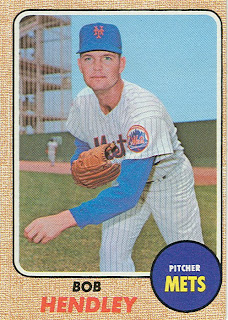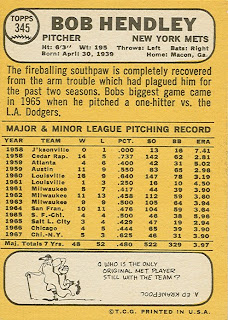Johnson was signed by the Yankees way back in 1953, but didn't make his major-league debut until April 1960, with the Cubs. In between, he spent several seasons with the Yankees' and Pirates' organizations, and played one season with the Kansas City Monarchs in the Negro Leagues, until the Cubs acquired him in 1956.
Lou only played 35 games for the Cubs in his rookie season, spending most of that season with the Cubs' triple-A Houston Buffs team. On April 1, 1961 the Cubs traded him to the Los Angeles Angels. After one game with the Angels, he was traded to the triple-A Toronto Maple Leafs (an independent team in 1961) for outfielder Leon Wagner.
In 1962 Toronto became affiliated with the Milwaukee Braves, and Lou spent some time playing in Milwaukee. Johnson was back in the minors for all of 1963, first as Braves' property, then after May 8th, as a Tigers' farmhand.
.jpg)
.jpg)
Just before the start of the 1964 season, the Tigers traded Lou to the Dodgers for pitcher Larry Sherry. After playing for triple-A Spokane for the entire 1964 season, Johnson got his big "break" in early 1965, when the Dodgers' left fielder Tommy Davis broke his leg. Lou would be the Dodgers' primary left fielder for the next 3 seasons. His playing time slipped somewhat in 1967, due to an early-season ankle injury. The Dodgers brought in outfielder Len Gabrielsen to share the outfield load with Al Ferrara.
After the 1967 season, Lou was traded to the Cubs for infielder Paul Popovich and minor-league outfielder Jim Williams. Midway through 1968, it was on to the Indians in exchange for "Wonderful" Willie Smith.
After half-seasons in Chicago and Cleveland, Lou spent his final season (1969) back with the Angels. His last game was on September 6, 1969. His final baseball card was also in 1969.
.jpg)
.jpg)




.jpg)
.jpg)
.jpg)
.jpg)
.jpg)
.jpg)
.jpg)
.jpg)
.jpg)
.jpg)



.jpg)









%20(f).jpg)







